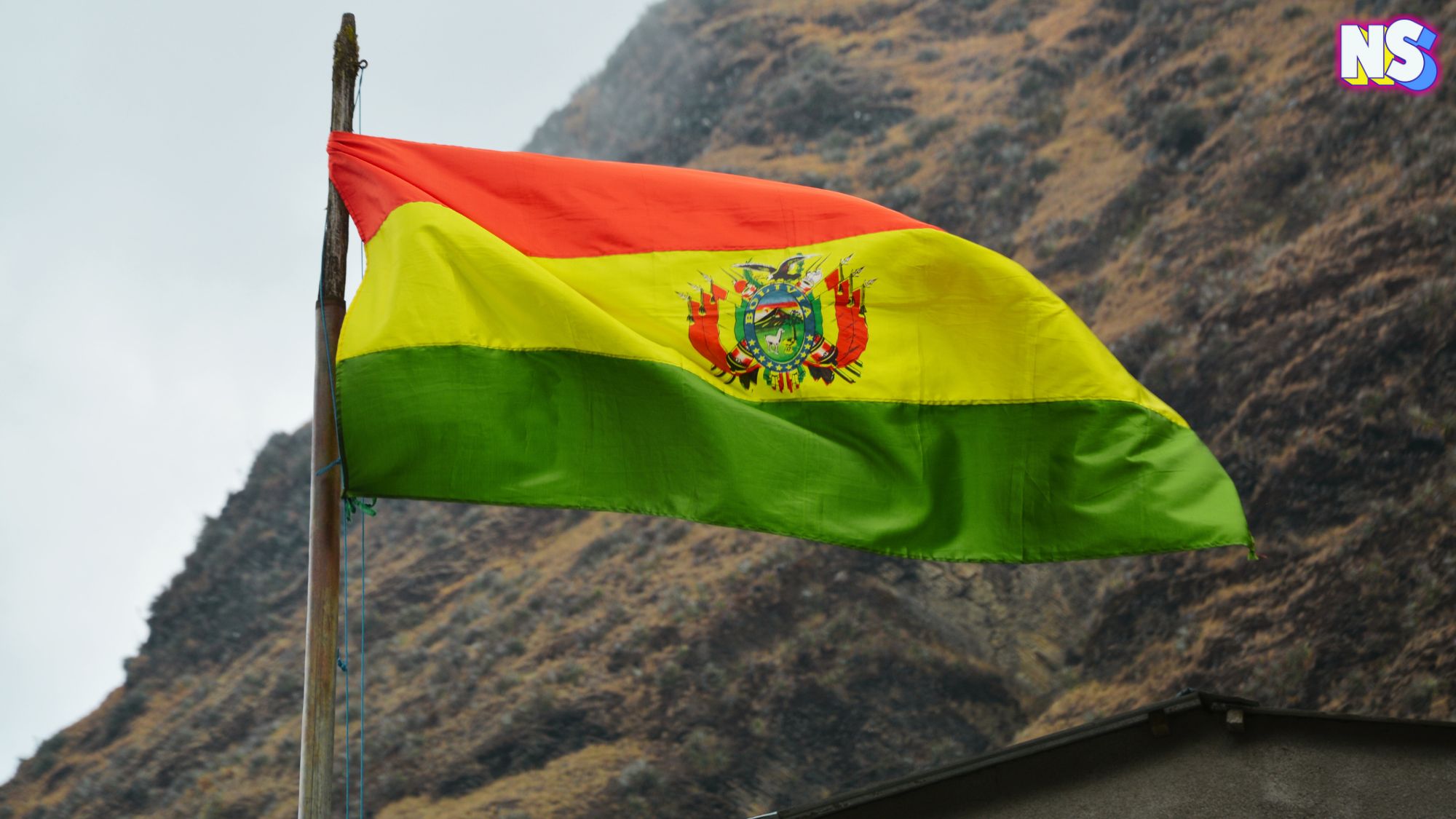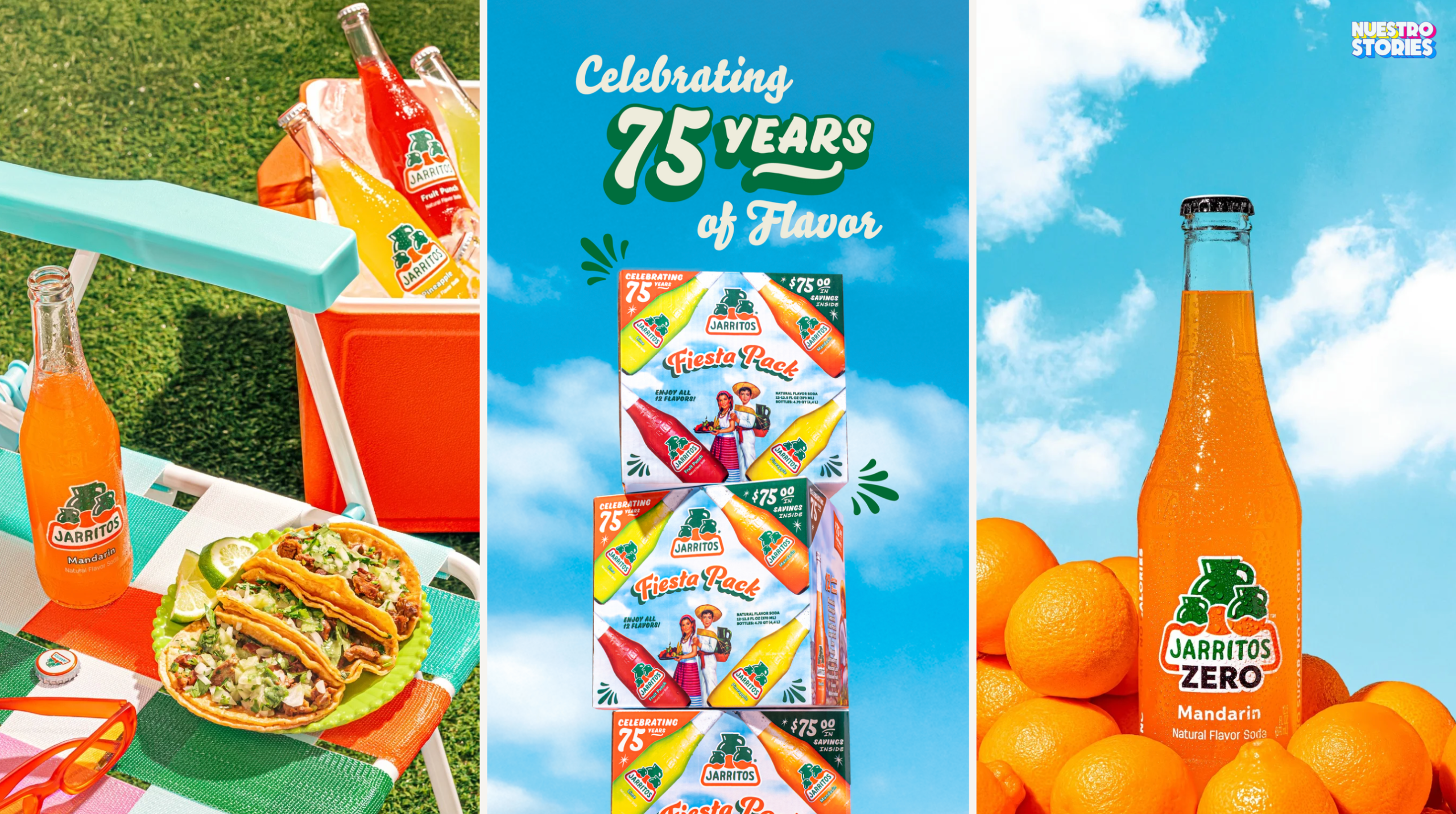Today we shift our focus to one of South America’s most beautiful countries, Bolivia. Known officially as the Plurinational State of Bolivia, this landlocked nation is a melting pot of culture and landscapes. But why are we focused on all things Bolivia today, August 6? Well, it’s Bolivia’s Independence Day, aka “Día de la Patria.” And it’s a day of immense pride across the country, and for Bolivians everywhere.
“This is the date on which Bolivia was officially founded as an independent republic, so following the tradition of commemorating the most decisive battles, and even though by 1825 Bolivia had been free from Spain for quite a while, the decision was made to declare the country’s official foundation on the day of the Battle of Ayacucho, a battle won by Mariscal de Sucre, whose victory over the Spanish armed forces in the highland region definitively earned the country its independence,” the site Bolivia Bella explains.
And it all started with un grito.
Celebrating Bolivia’s Independence Day
Before the Spanish colonizers arrived, Bolivia was part of the Incan empire, and it was known as Charcas. Located in western-central South America, it was colonized by Spain in the 16th century and remained under Spanish rule until the early 19th century. The Chuquisaca Revolution in 1809 sparked the Bolivian War of Independence, led by Simón Bolívar and Antonio José de Sucre, which lasted 16 years. The famous “grito” refers to the “primer grito libertario,” or “the first shout of freedom,” from the Chuquisaca Revolution.
Bolivia’s Independence Day marks the official day when the nation gained its independence from Spain in 1825. But many states in Bolivia celebrate the founding of the country on different days of the year. For example, July 16 is celebrated every year as “La Paz Day.”
“On this day more than 200 years ago, the Bolivians first began to fight against the Spanish colonial powers that had controlled their land for centuries,” National Today writes. “Many historians believe this first spark lit the fire that inspired every Bolivian’s fight for freedom and caused a revolution in the country. La Paz day, which is colloquially called ‘Día del departamento de La Paz’ is observed as a regional holiday in the city.”
However, August 6 is the one day the entire country celebrates the founding of Bolivia together.
Evo Morales Makes Changes
For over 100 years, official celebrations took place in the capital city of Sucre. However, in 2010, then President Evo Morales proposed that the festivities be moved to other locations.
“In addition, the government attempted to impose the use of the whipala (an Andean indigenous flag that Morales has now proclaimed as a national symbol) by declaring it should be raised along with the original Bolivian national flag and the flag of Santa Cruz,” Alura Gonzales writes for Bolivia Bella.
Although the government of Santa Cruz refused to fly the indigenous flag, the festivities were successfully moved from Sucre to Santa Clara.
Fun Facts about Bolivia
Here are some fun facts about Bolivia:
- Highest Capital City: La Paz, Bolivia’s executive capital, is the highest capital city in the world, situated at an altitude of about 11,975 feet above sea level.
- Diverse Ecosystems: Bolivia is one of the most biodiverse countries in the world, featuring diverse ecosystems like the Amazon rainforest, the Andes mountains, and the Altiplano plateau.
- ‘World’s Largest Mirror’: Bolivia is home to the world’s largest salt flat, the Salar de Uyuni. At over 3,900 square miles and is so flat and reflective that it’s often referred to as the “world’s largest mirror.”
- Multilingual: Bolivia recognizes 37 official languages, reflecting its rich indigenous culture. The country’s full name, “Plurinational State of Bolivia,” acknowledges its multi-ethnic composition.
- Brazilian Nuts: Despite the name, Bolivia exports more Brazilian nuts than Brazil does.





